The UNESCO Intangible Cultural Heritage List promotes and safeguards living traditions passed down from generation to generation. Cultural practices, from ancient rituals to traditional performing arts, are the soul of communities worldwide.
As we go on this amazing journey, you will discover how local customs thrive in the modern world and serve as a bridge between the past and the present.
Kyoto, Japan: The Way of Tea
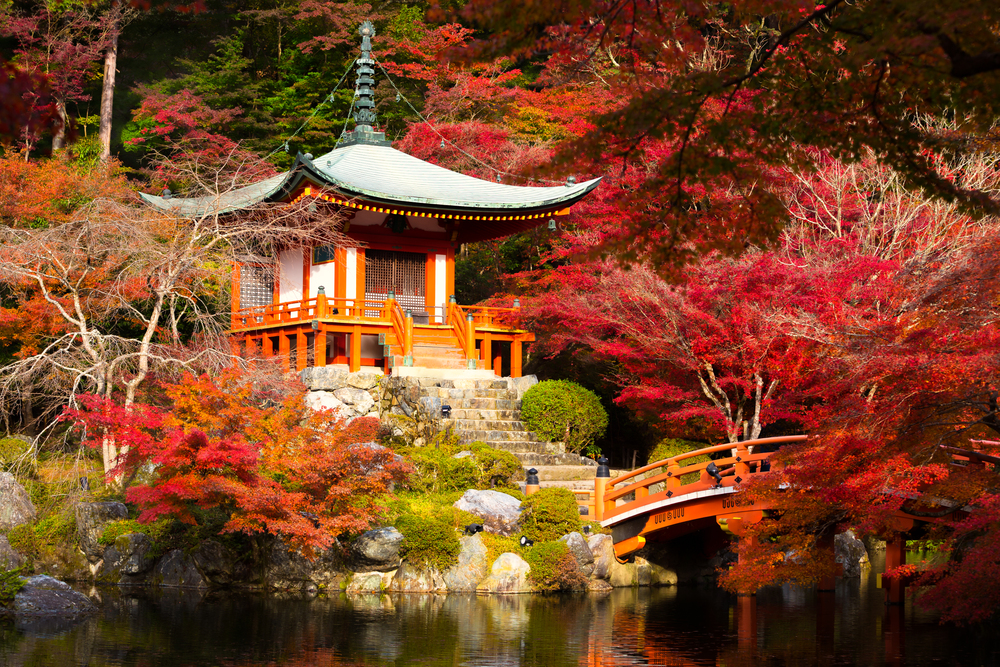
The Japanese tea ceremony embodies the principles of harmony, respect, purity, and tranquility in every graceful movement. Master practitioners train for decades to perfect matcha green tea’s ritualized preparation and serving in traditional tea houses.
The ceremony reflects Japan’s profound appreciation for mindfulness and finding beauty in simplicity.
Jeju Island, South Korea: Haenyeo Diving
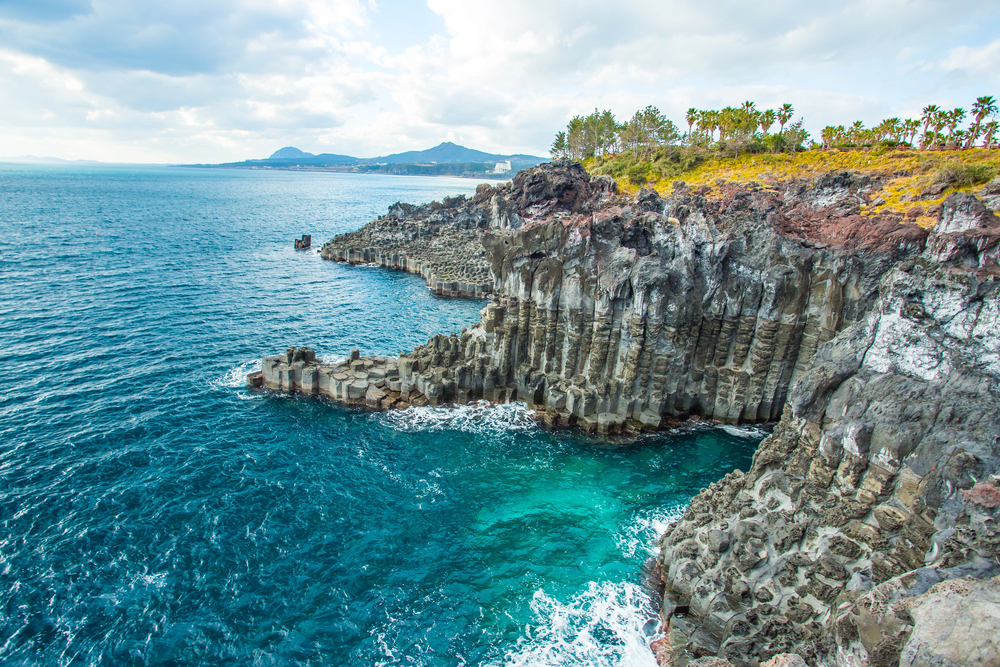
Jeju Island’s female free divers carry a centuries-old tradition of harvesting seafood without breathing equipment in the cold waters around their homeland. These remarkable women begin training in their youth and can hold their breath for up to two minutes while diving to depths of 66 feet.
The haenyeo embodies the strength and resilience of Korean maritime culture.
Like Travel Pug’s content? Follow us on MSN.
Kutch, India: Rogan Art
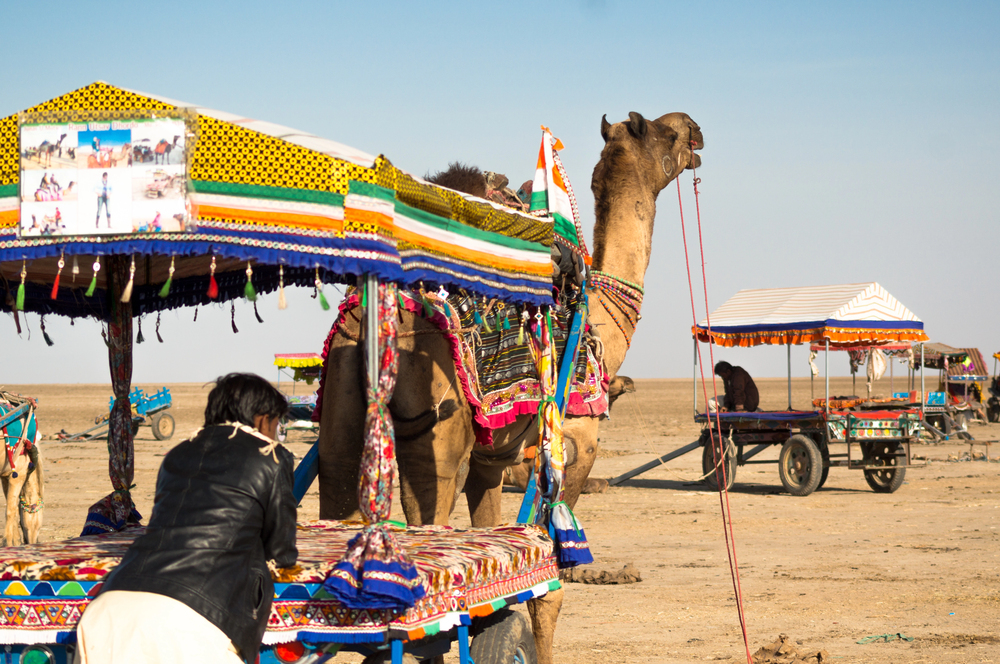
Traditional Rogan art in Gujarat’s Kutch region uses intricate designs from castor oil-based paint and natural colors. Master artisans of the Khatri community have preserved this unique craft for more than 400 years, transferring their knowledge from generation to generation.
The elaborate process creates stunning textiles in local communities for decorative and cultural purposes.
Marrakech, Morocco: Gnawa Music
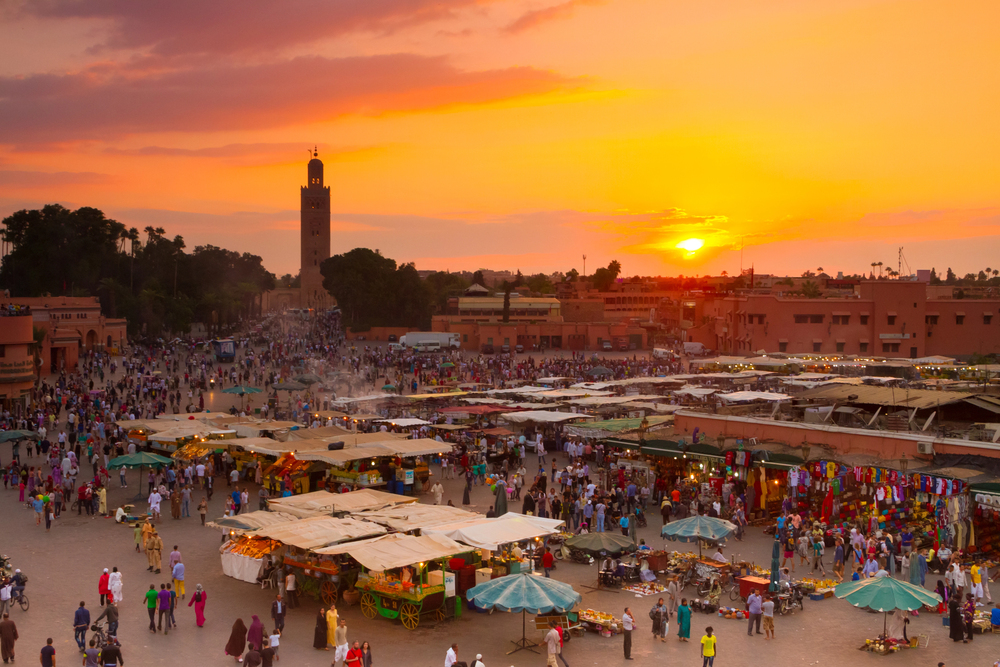
The spiritual practice of Gnawa music combines ritual poetry, traditional dance, and wild singing with the hypnotic sounds of traditional instruments. Master musicians preserve ancient African Islamic spiritual songs and rhythms that originated with formerly enslaved peoples.
The tradition serves as both a spiritual practice and a means of celebrating freedom through music.
Michoacán, Mexico: Day of the Dead
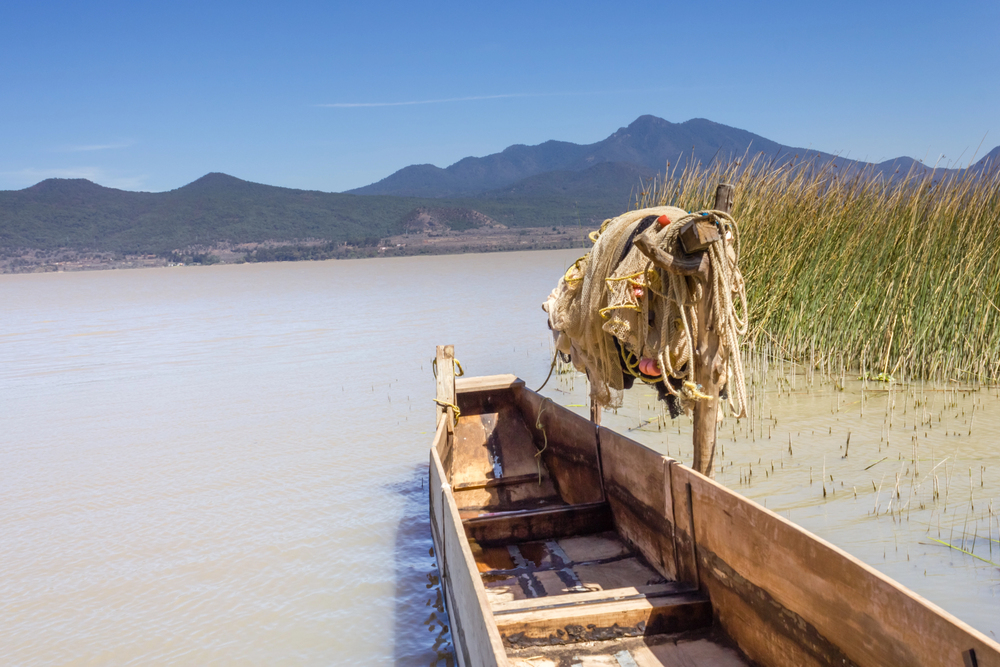
The vibrant celebrations of Día de los Muertos transform Michoacán into a canvas of color, memory, and tradition each November. Families create elaborate ofrendas (altars) adorned with marigolds, photos, and favorite foods of their departed loved ones.
The festival represents a unique blend of indigenous and Catholic traditions that celebrates the eternal connection between the living and the dead.
Like Travel Pug’s content? Follow us on MSN.
Cremona, Italy: Violin Craftsmanship
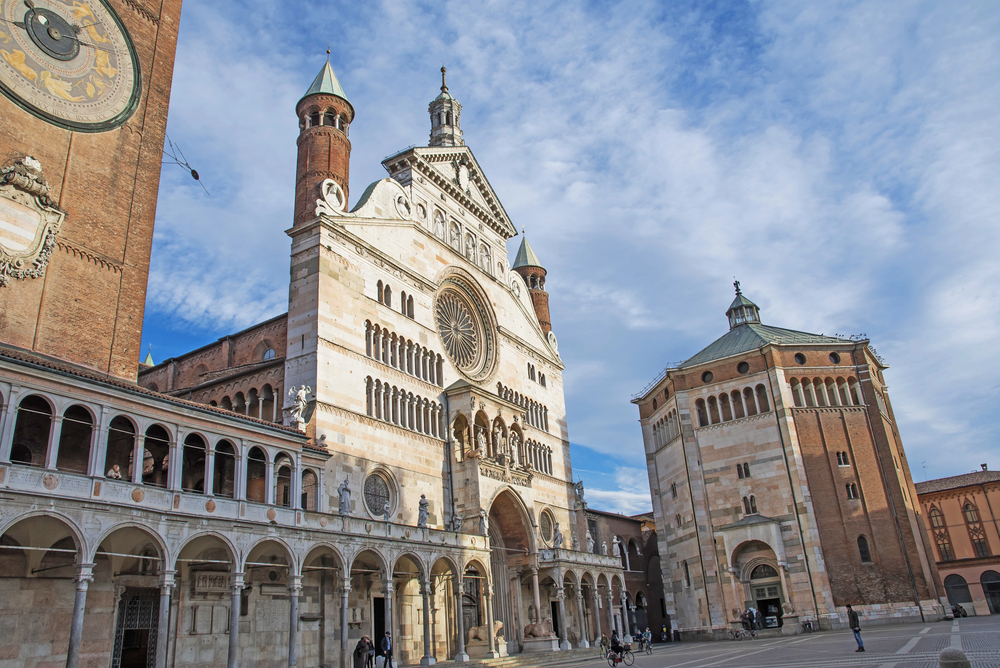
Cremona’s traditional violin craftsmanship is an artistic and cultural heritage from the 16th century. Master luthiers will spend years perfecting their techniques to create instruments of the highest possible quality and sound, just as methods were established for legendary artisans like Stradivari.
The tradition encompasses violin making and violas, cellos, and other stringed instruments created with time-tested techniques.
Bali, Indonesia: Subak System
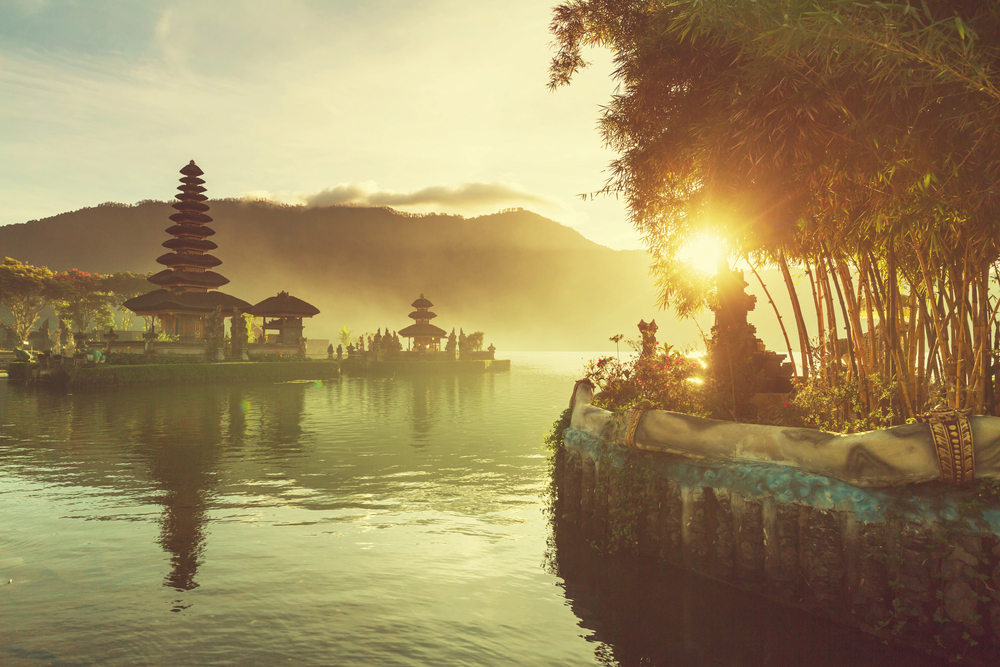
The ancient Subak irrigation system represents a thousand-year-old tradition that weaves agriculture, religion, and community cooperation together. Local farmers manage water flow through an intricate network of canals and temples, following practices established by their ancestors.
The system demonstrates how spiritual beliefs and agricultural practices can create sustainable harmony with nature.
Fes, Morocco: Traditional Craftsmanship
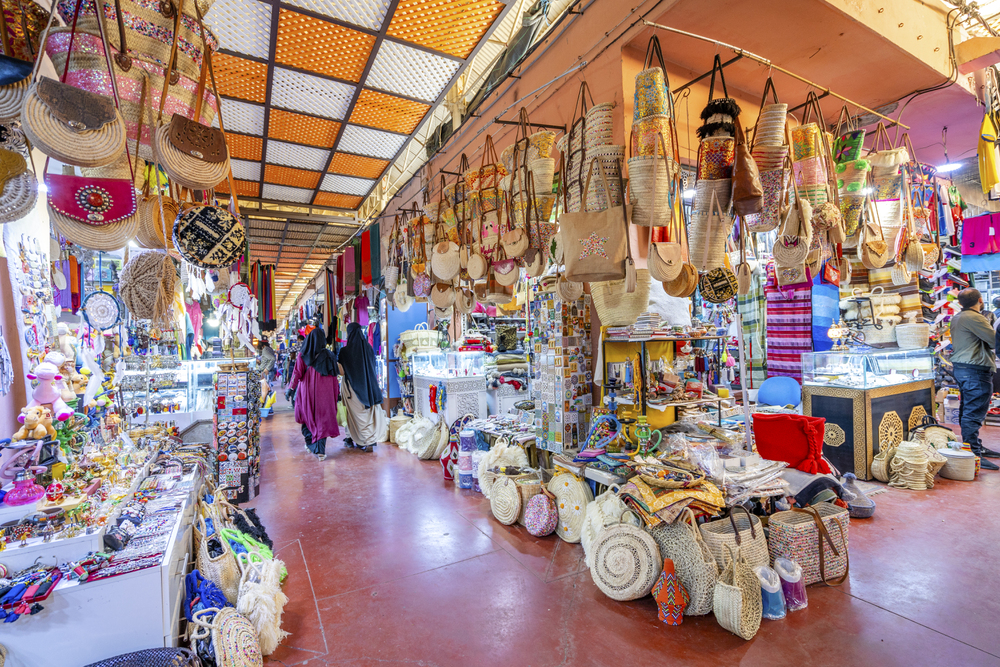
The medina of Fes preserves traditional craftsmanship in leather-working, metalwork, and woodcarving through centuries-old guilds. Master artisans pass down their knowledge through a structured apprenticeship system that has remained largely unchanged since medieval times.
The preservation of these crafts represents a living connection to the golden age of Islamic civilization.
Like Travel Pug’s content? Follow us on MSN.
Jeongseon, South Korea: Arirang Folk Songs
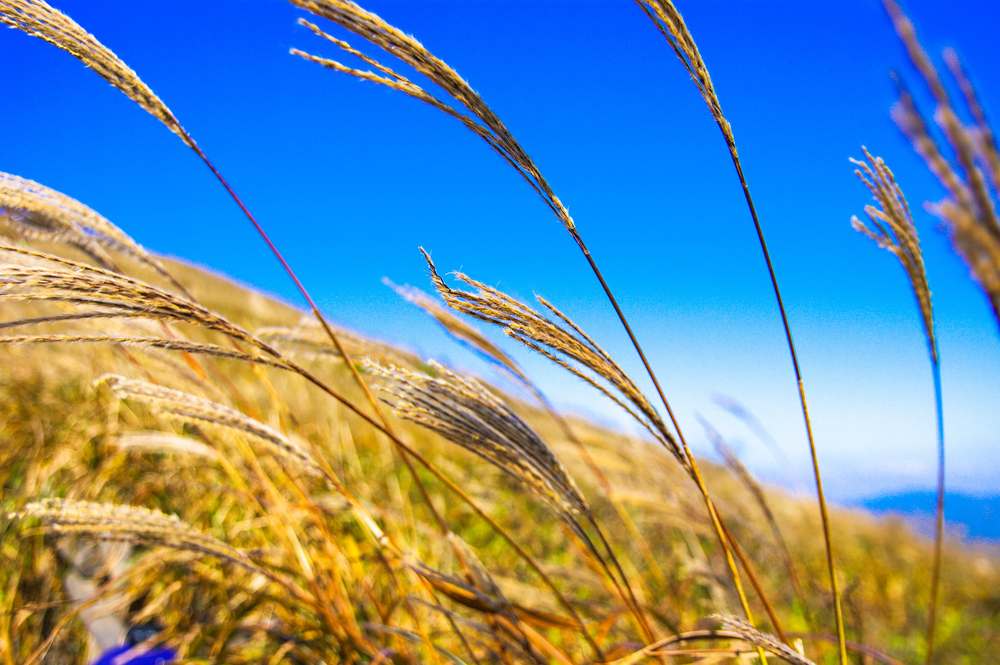
The soul-stirring tradition of Arirang folk songs expresses the joys and sorrows of Korean life through centuries-old melodies and lyrics. Communities gather to perform these songs that vary by region but share common themes of love, separation, and hope.
The tradition is a powerful symbol of Korean cultural identity and community solidarity.
Taquile Island, Peru: Textile Art
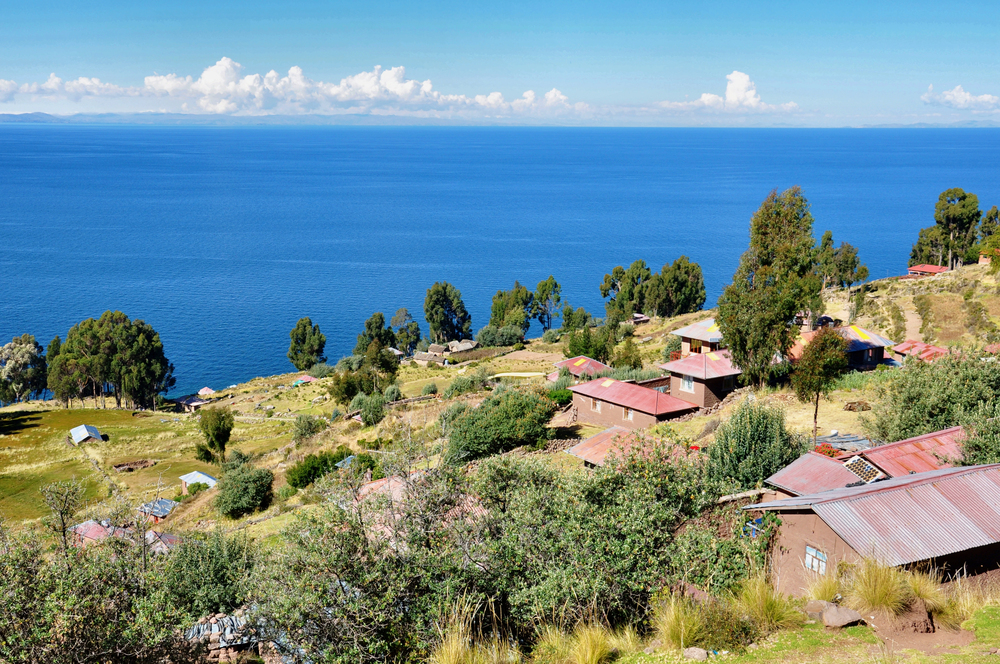
The Indigenous community of Taquile Island maintains extraordinary textile traditions that encode social relationships and cultural beliefs in every pattern. Men and women share complementary roles in creating textiles, with techniques and designs passed down through generations.
The island’s isolation has helped preserve these practices in their most authentic form.
Rajasthan, India: Vedic Chanting
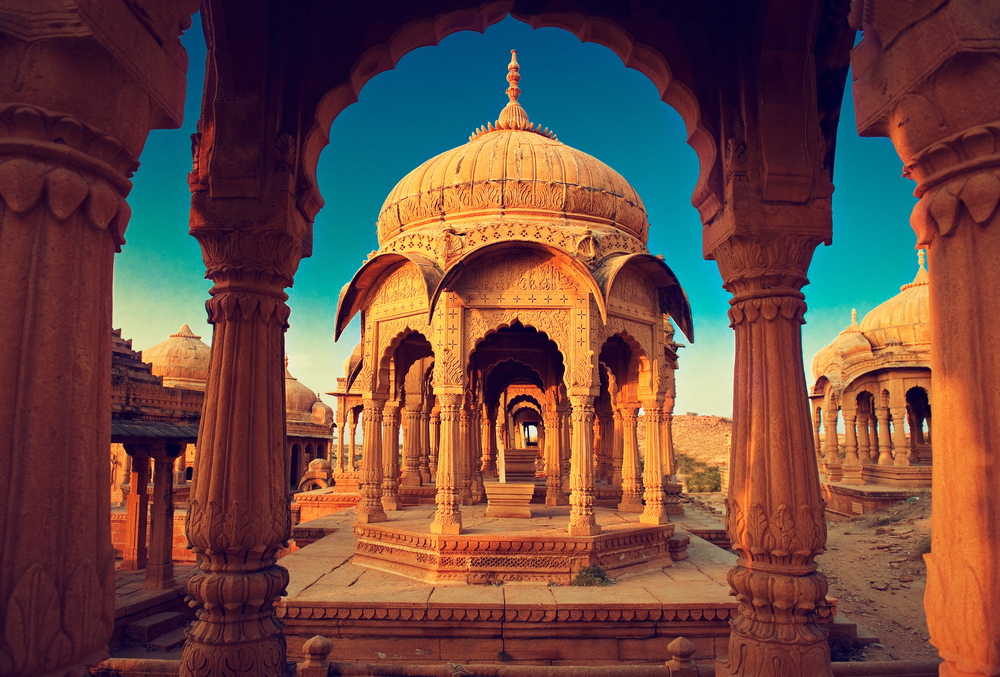
The ancient practice of Vedic chanting preserves sacred Hindu texts through precise oral transmission that has remained unchanged for thousands of years. Master chanters learn complex patterns of pitch, duration, and hand gestures that ensure the accurate preservation of these sacred verses.
This living tradition represents one of humanity’s oldest systems of cultural memory.
Like Travel Pug’s content? Follow us on MSN.
Dalmatia, Croatia: Klapa Singing
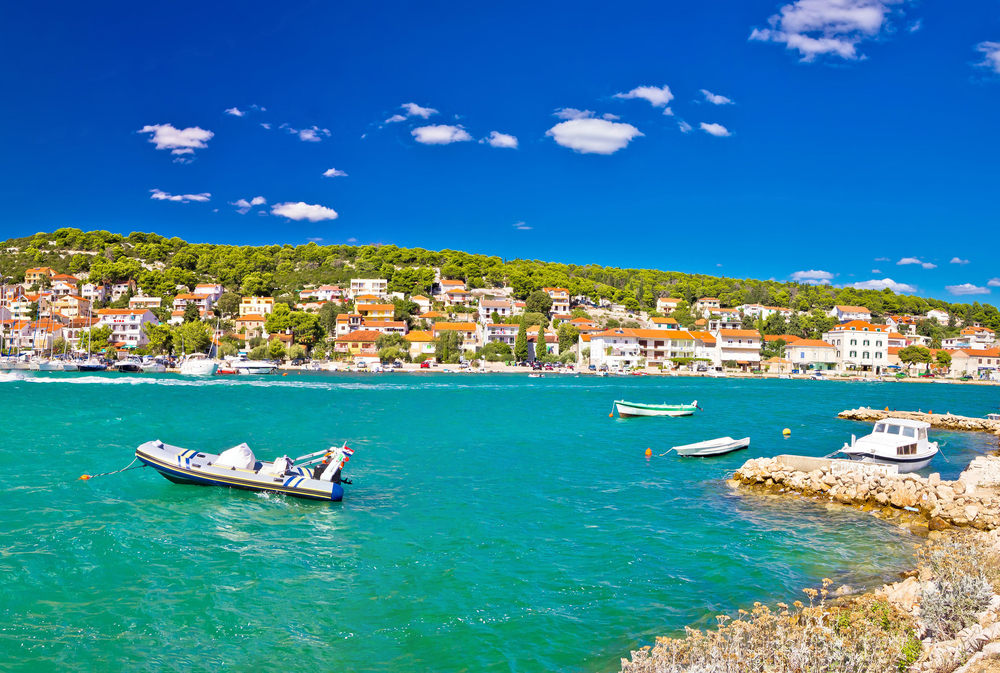
The a cappella tradition of klapa singing echoes through the stone streets of Dalmatian coastal towns, carrying stories of love, daily life, and the sea. Groups of singers perform complex harmonies that have evolved over centuries of maritime culture.
The tradition strengthens community bonds while preserving Croatia’s musical heritage.
Fujian, China: Puppet Theatre
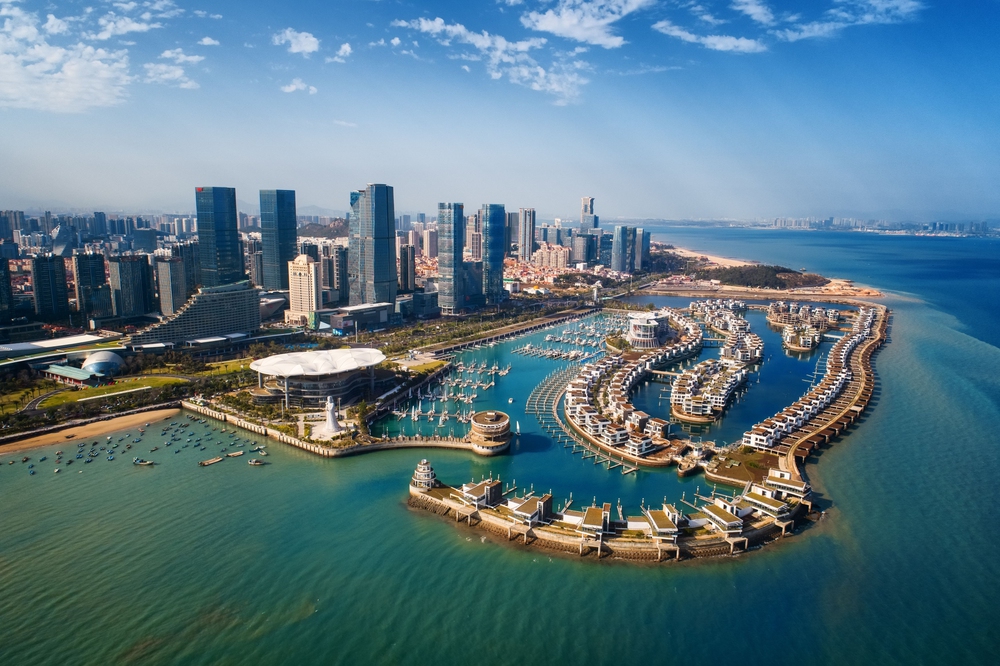
The ancient art of Chinese puppet theatre combines masterful manipulation with traditional music and storytelling in the province of Fujian. Master puppeteers train for years to perfect the subtle movements that make their characters appear to dance, fight, and fly.
The tradition represents a unique combination of performing arts influencing puppet theatre throughout East Asia.
Baku, Azerbaijan: Mugham Music
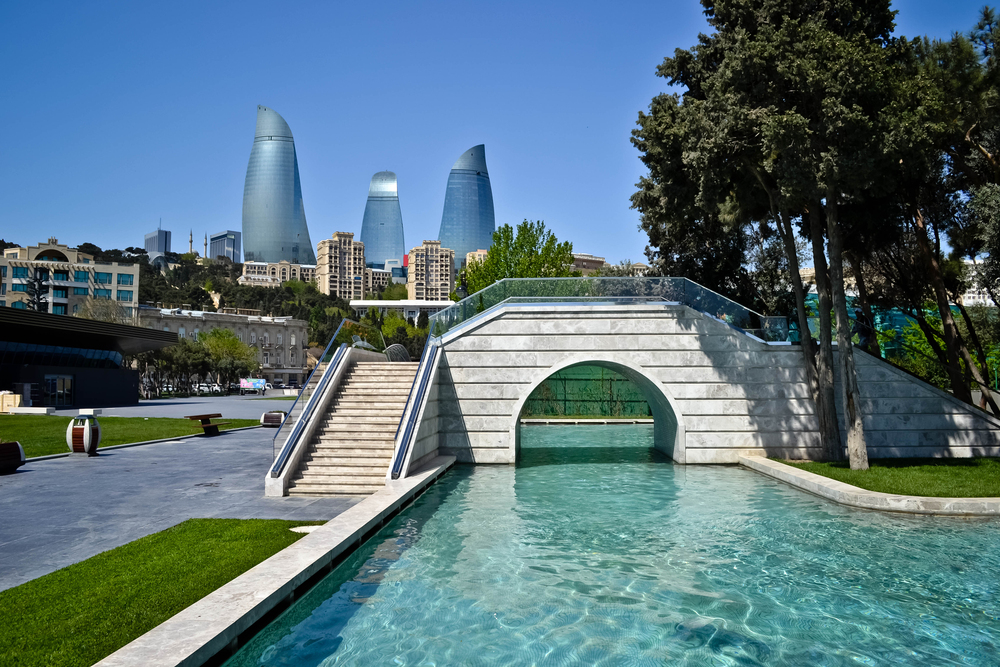
The sophisticated tradition of Mugham music represents Azerbaijan’s classical musical heritage through complex improvisational performances. Master musicians study for decades to master the intricate modal system and poetry required for authentic performance.
The practice preserves ancient musical knowledge while allowing for contemporary artistic expression.
Like Travel Pug’s content? Follow us on MSN.
Maramureș, Romania: Winter Festivals
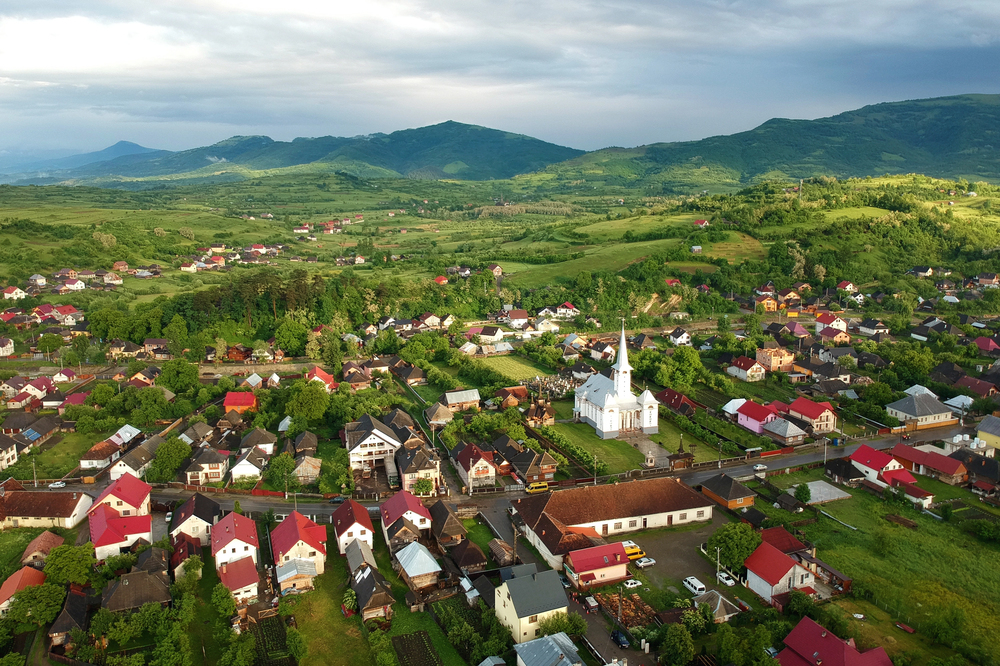
The distinctive winter festivals of Maramureș combine masked performances, ritual dances, and traditional music in celebrations that mark the changing of seasons. Communities gather to perform ancient customs believed to ward off evil spirits and ensure prosperity for the coming year.
These festivals preserve pre-Christian elements while adapting to contemporary cultural expression.
Vologda, Russia: Lace Making
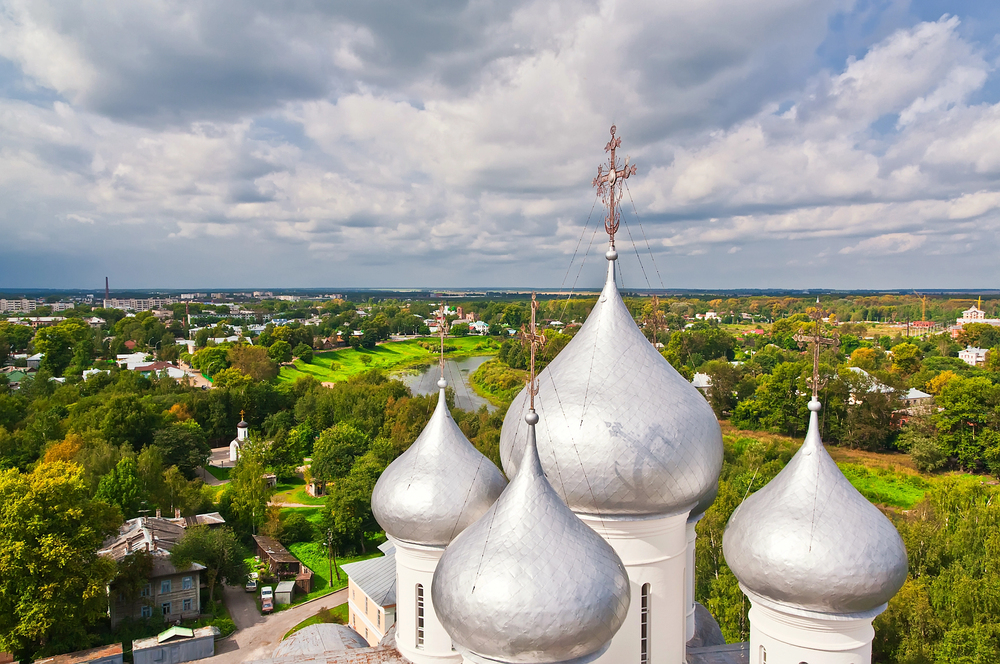
The delicate art of Vologda lace-making transforms simple thread into intricate patterns of extraordinary complexity. Master lace makers work with dozens of bobbins simultaneously, creating designs that reflect the region’s natural environment and cultural heritage.
The tradition represents centuries of artistic innovation in textile arts.
Gifu, Japan: Cormorant Fishing
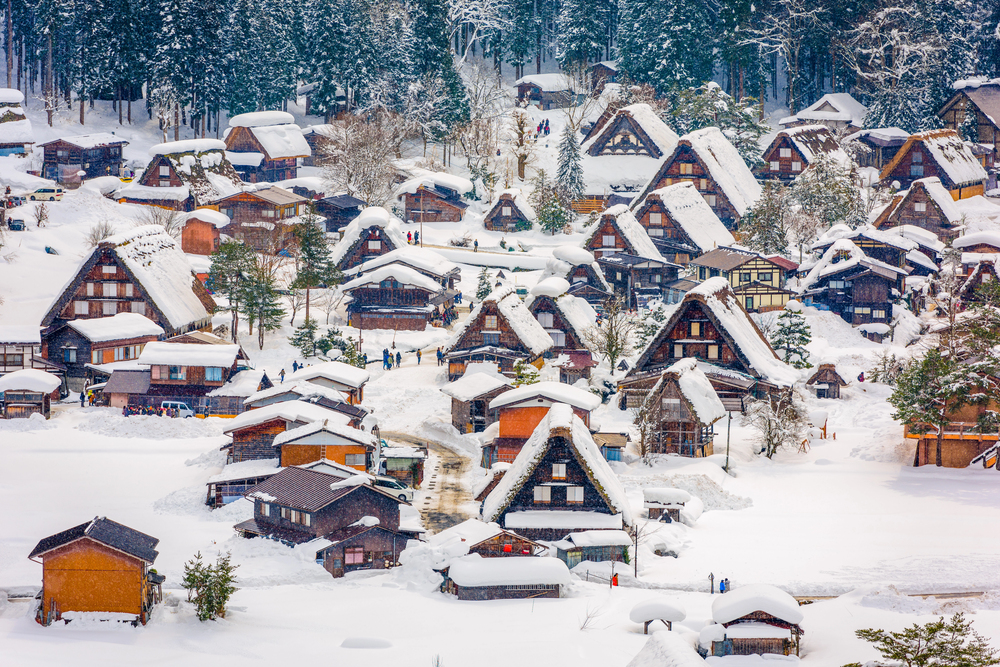
This traditional ukai fishing method uses trained cormorants to catch river fish in a spectacular nighttime display along the Nagara River. Master fishermen maintain a profound connection with their birds, following practices that have remained largely unchanged for 1,300 years.
The tradition demonstrates the sophisticated relationship between humans and animals in Japanese culture.
Like Travel Pug’s content? Follow us on MSN.
Oaxaca, Mexico: Traditional Cuisine
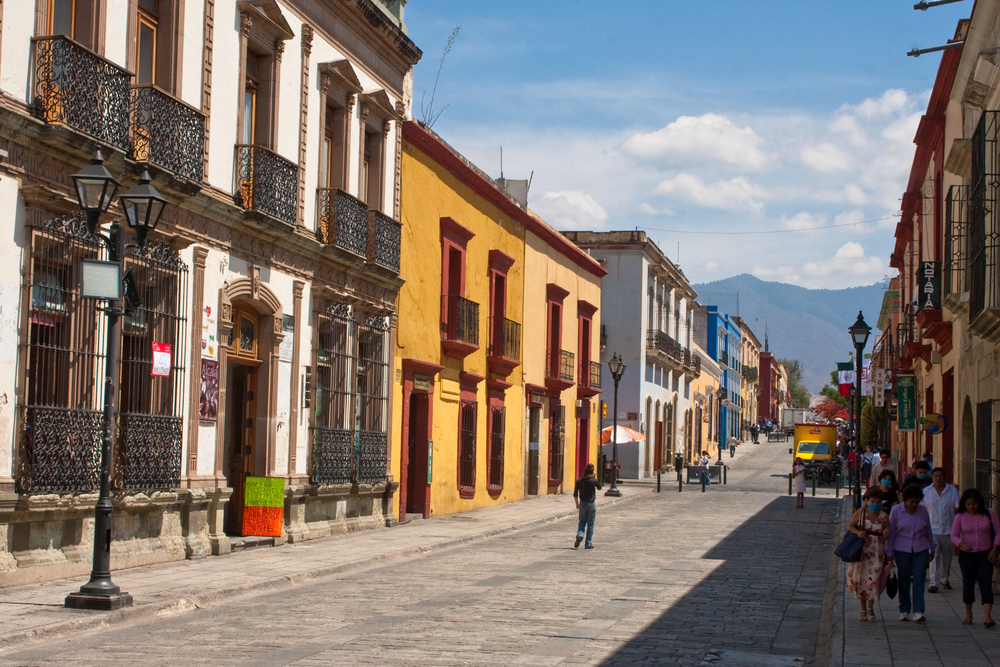
Traditional Oaxacan Mexican cuisine is a compound cultural model that includes aspects of agriculture, ritual practices, and culinary arts. Local community members carry on ancient cooking modes using indigenous ingredients and time-honored cooking procedures.
This cuisine integrates cultural identity, communal practices, and environmental sustainability.
Yazd, Iran: Ritual Performance
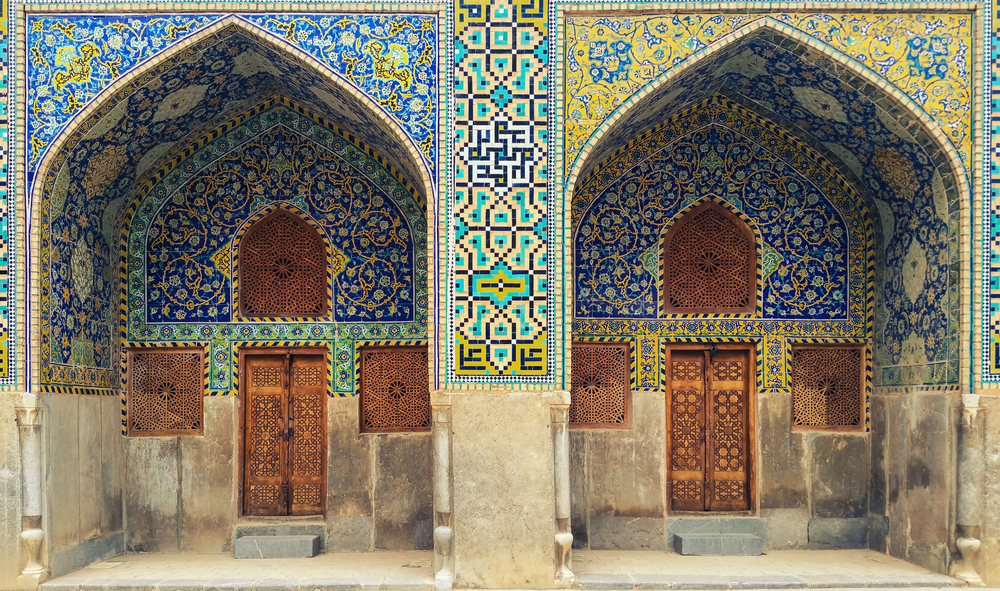
The traditional ritual dramatic art of Ta’zīye enacts religious and historical events through sophisticated theatrical performances. Communities gather annually to witness and participate in these performances that combine music, drama, and poetry.
The tradition serves as a spiritual practice and a means of preserving historical memory.
Sardinia, Italy: Pastoral Songs
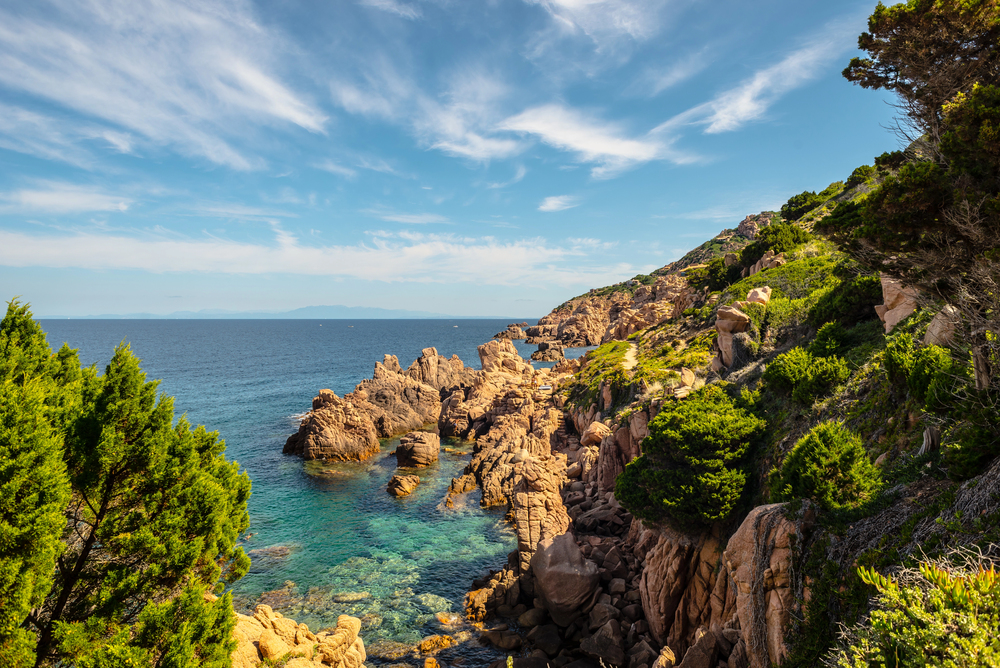
The distinctive tradition of Cantu a tenore represents sophisticated pastoral polyphonic singing from the island of Sardinia. Four male voices combine to create complex harmonies that mimic natural sounds and express themes of pastoral life.
The practice preserves ancient Mediterranean musical traditions while fostering strong community bonds.
Like Travel Pug’s content? Follow us on MSN.
Embracing World Heritage for Future Generations
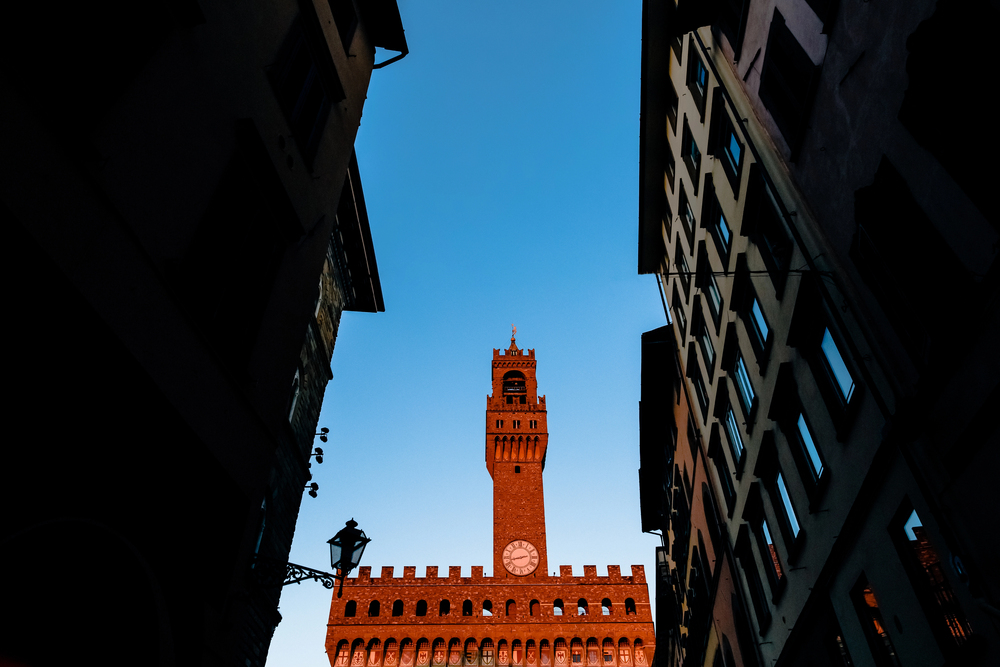
Exploring these remarkable destinations, we’ve witnessed how traditional practices thrive in the modern world, enriching our global cultural landscape. These living traditions remind us that cultural heritage is about preserving the past and maintaining vital connections between generations.
By understanding and celebrating these practices, we ensure they will continue to inspire and educate future generations about the depth and diversity of human creativity and wisdom.
More from Travel Pug

- 15 Dangerous European Cities to Avoid
- 15 Caribbean Islands Where Tourists Keep Getting Scammed
- The 20 Most Fascinating Abandoned Places: A Journey Through Time and Forgotten Spaces
- 15 Hidden Places in the Smithsonian Museums Locals Love: A Guide to Lesser-Known Treasures
- 16 Hidden Florida Beach Towns That Aren’t Overrun with Tourists
Like Travel Pug’s content? Follow us on MSN.
